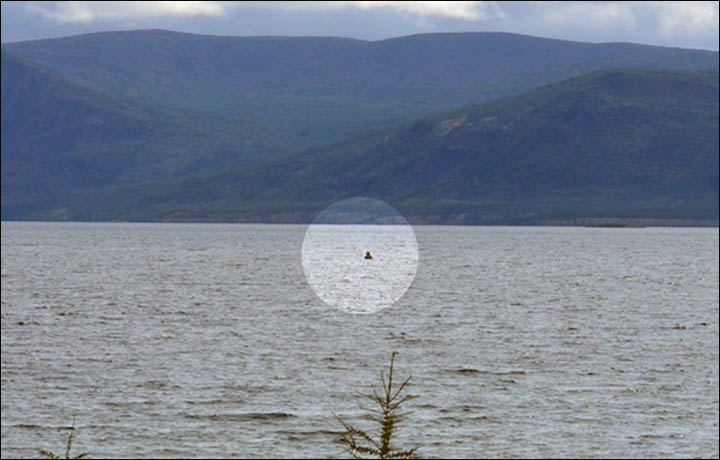
Photo by Joseph Martinez [cc-by-nd 2.0]
A new laboratory in the icy wastelands of Siberia is devoted to cloning extinct animals, including the woolly mammoth. Located in Yakutia, the facility may have the largest collection of remains from prehistoric animals—everything from prehistoric dogs and horses to the enormous precursor to the elephant that once roamed the earth.
An article in Russian magazine, Ogonek (see original or English translation), reports that the lab is very focused on cloning mammoths as their first project in collaboration with the Sooam Biotech company, which has already had success in dog cloning. They’ll never do it, though. Right?
This article from the Telegraph tells how Harvard University researchers have already copied 14 woolly mammoth genes into the genome of an Asian elephant. While their work has not yet been published, and the genes have only lived in a lab at this point, it’s an important step toward a living, breathing mammoth.
While it would be fantastic to be able to see these prehistoric creatures in the flesh, there is always the question of whether this is a good idea. Should creatures whose time on the planet has come and gone be allowed to rest in peace? In the mean time, we’ll keep an eye on developments.





